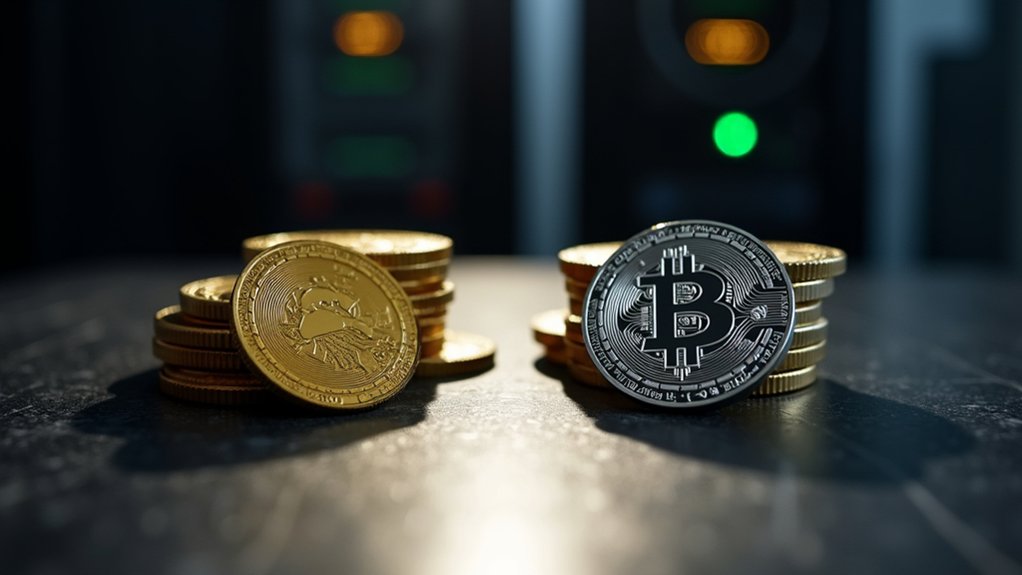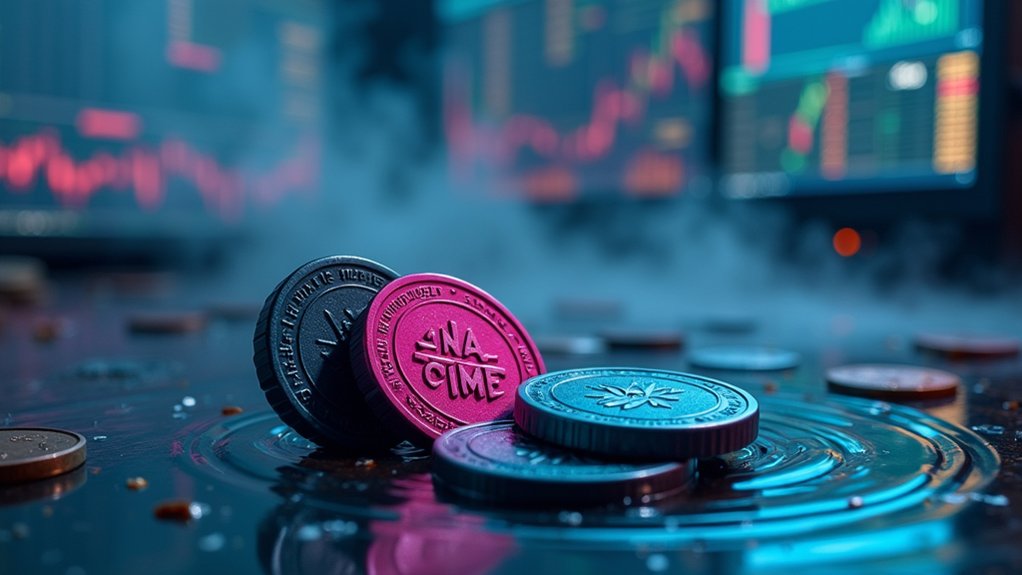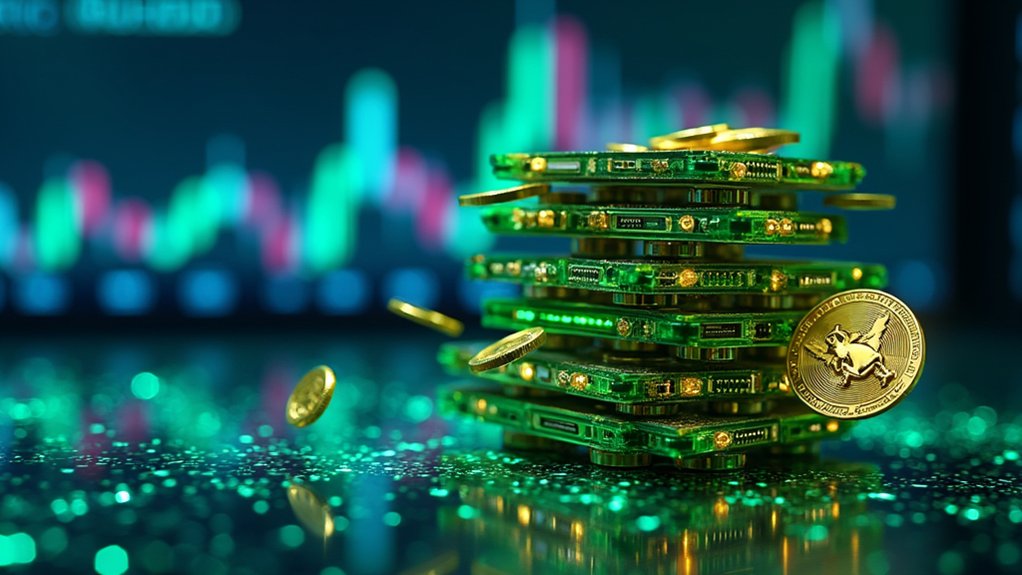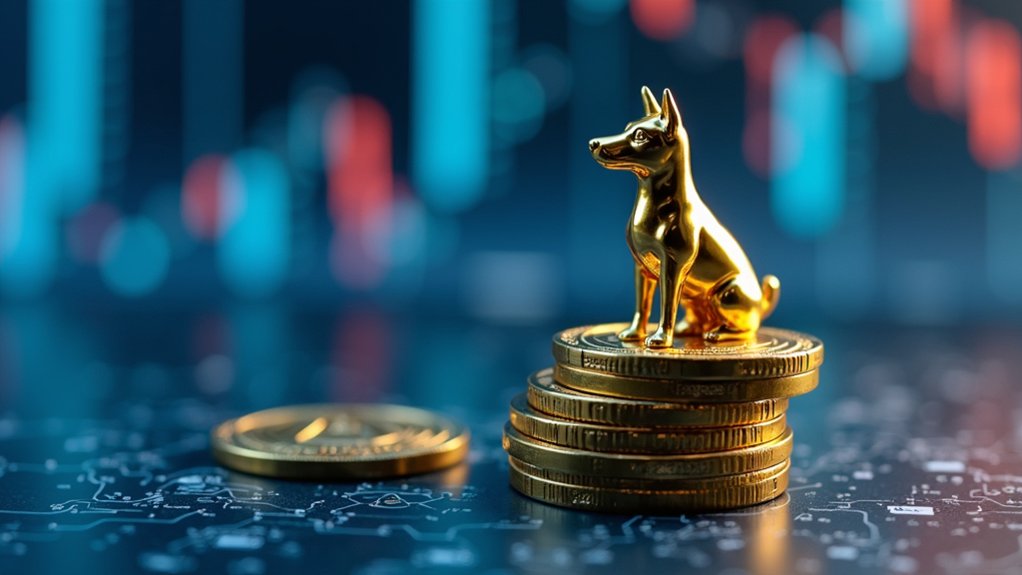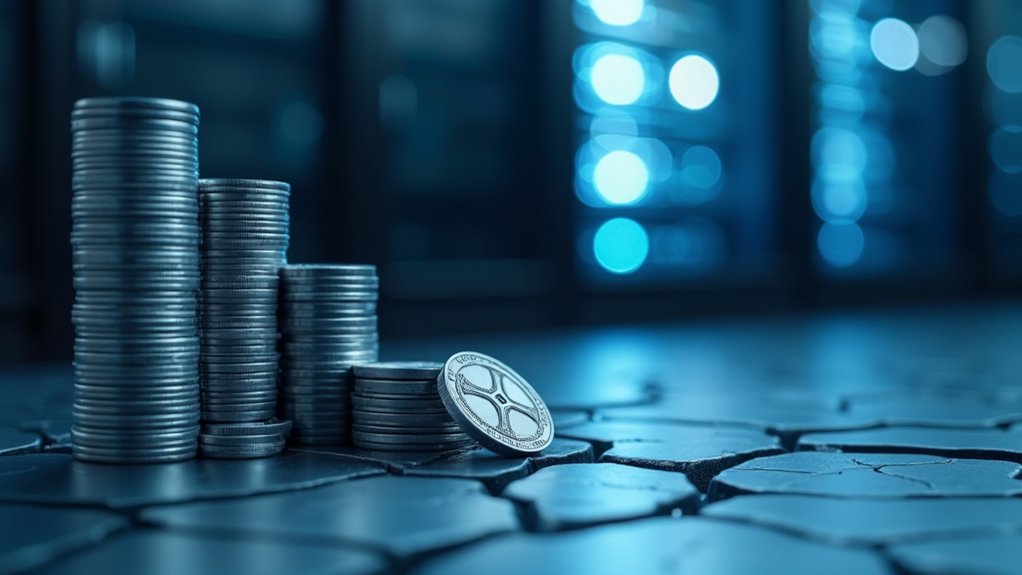Although community governance executed the measure with immediate effect, dYdX’s decision to reallocate 75% of net protocol fees to open-market DYDX repurchases represents a material recalibration of token-economic policy that, given the protocol’s $46 million 2024 revenue base and projected monthly repurchase capacity in the $5–10 million range, is expected to intensify buy-side pressure and materially compress circulating supply, with estimates indicating up to 5% of total supply could be repurchased annually at prevailing prices; the November 13, 2025 vote (Proposal #313), which achieved 59.38% approval during a three-day governance window, thereby triples the prior 25% buyback allocation instituted in March 2025 alongside the v4 mainnet migration, preserves allocations for staking incentives and MegaVault liquidity while trimming Treasury SubDAO funding to 5%, and aligns with broader tokenomics adjustments—including a 50% emissions reduction from June 2025 and the near-completion of vesting schedules by June 2026—thus creating a coordinated strategy intended to reinforce long-term value accrual, enhance on-chain security economics, and signal confidence to market participants in accordance with historical patterns of positive price response to protocol buyback initiatives. This approach leverages tokenomics engineering to strategically control supply and enhance scarcity effects. Observers note that the Market Impact of this reallocation will depend on the interaction between systematic repurchases and prevailing order book depth, such that predictable, high-frequency buying can elevate price discovery thresholds and compress available float, while simultaneously creating signaling effects that attract incremental speculative demand. Liquidity Dynamics will be altered as a larger share of fee revenue directed into open-market purchases reduces passive sell-side supply, compacts the bid-ask spread under stable volume conditions, and increases execution risk during volatility, necessitating calibrated execution algorithms and potential coordination with MegaVault liquidity provisions to smooth market impact. Empirical precedent from DeFi indicates average outperformance following buyback announcements, and dYdX’s comparatively aggressive revenue-to-buyback ratio situates the protocol among the most buyback-intensive governance outcomes, implying heightened sensitivity to trading volume fluctuations and fee generation. Governance proponents argue the model better aligns token incentives with platform revenue, while critics caution that concentrated buyback mandates could constrain treasury flexibility and raise operational risk if fee trajectories deteriorate, making ongoing monitoring of fee accrual, execution efficacy, and circulating supply metrics essential for evaluating the long-term efficacy of the policy. The dYdX Foundation confirmed the change on X, noting that 75% of protocol fees will be used to buy back DYDX on the open market. Additionally, the community emphasized that 25% of net protocol fees remain allocated to Staking Rewards under the updated distribution.
Author
Tags
Share article
The post has been shared by 0
people.


